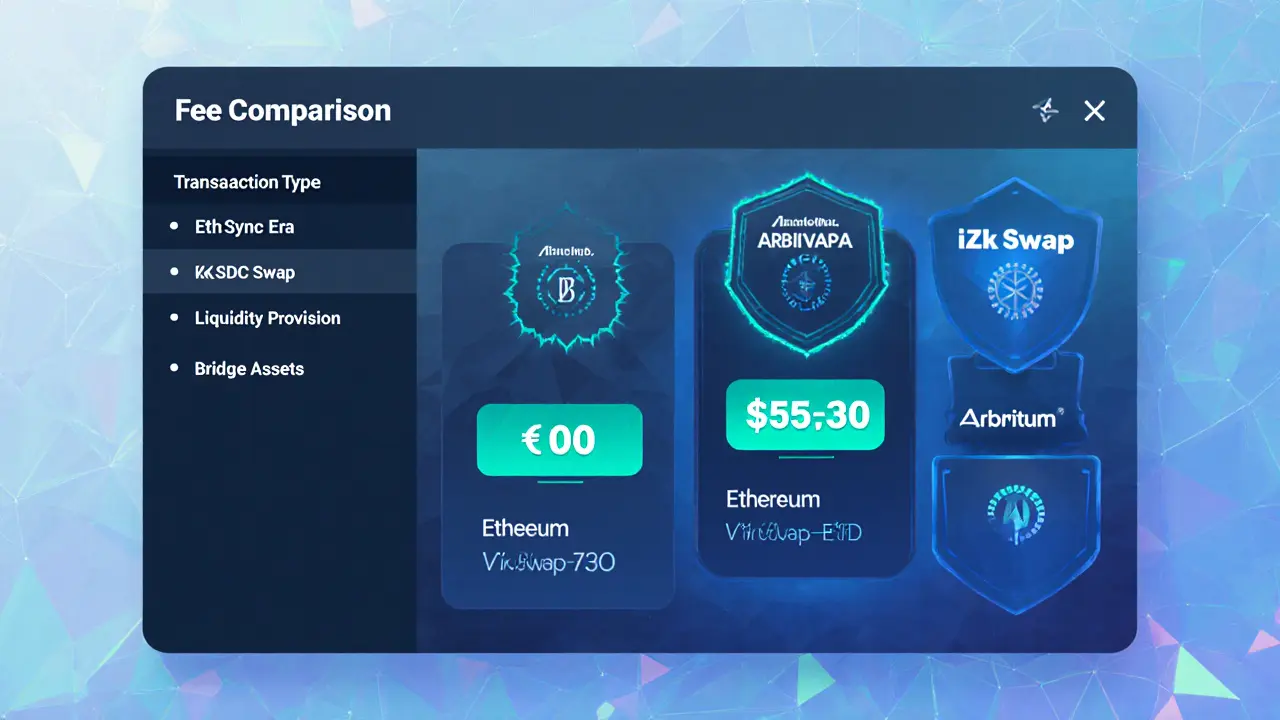zkSync DEX: Real‑Time Insights & Tools
When exploring zkSync DEX, a decentralized exchange built on zkSync’s zkRollup technology. Also known as zkSync decentralized exchange, it delivers fast, cheap trades while keeping Ethereum’s security guarantees. If you’re curious about how this platform fits into the broader DeFi landscape, you’ll first need to understand the engine that powers it.
zkSync is a Layer 2 solution that uses zero‑knowledge rollups to bundle many transactions into a single proof. Its main advantage is reducing gas fees without sacrificing trustlessness. This makes it an ideal base for a Decentralized Exchange a peer‑to‑peer market where users trade tokens without a central order book, because the exchange can process dozens of swaps per second at a fraction of the cost of on‑chain trades.
The term Layer 2 scaling covers any technology that moves transaction work off the main Ethereum chain is crucial here. By shifting computation to zkSync, the DEX avoids the bottlenecks that plague older Ethereum‑based exchanges. This relationship – Layer 2 scaling enables decentralized exchanges to be both cheap and fast – is at the heart of why zkSync DEX is gaining traction.
Security remains non‑negotiable. Ethereum serves as the base layer that settles zkSync proofs and guarantees finality. In practice, every batch that zkSync submits to Ethereum is backed by a cryptographic proof, so users retain the safety of the mainnet while enjoying Layer 2 speed. Understanding this link helps you evaluate risk and trust when you trade on the DEX.
From a user perspective, the key attributes of zkSync DEX include near‑instant settlement, sub‑cent transaction fees, and native support for popular tokens. Its interface mirrors classic exchanges, but the underlying architecture leverages zkRollup – a type of zero‑knowledge proof that compresses thousands of transactions into one on‑chain record. This attribute directly influences trading experience, making arbitrage opportunities more accessible and slippage lower.
Developers also benefit. The platform offers SDKs that let you build custom trading bots or integrate liquidity pools with a few lines of code. Because the proof system is deterministic, integration testing is straightforward, and the same security guarantees apply to any smart contract you deploy on zkSync. This developer‑friendly environment fuels a growing ecosystem of tools and analytics that round out the DEX experience.
In short, zkSync DEX brings together three core ideas: a powerful Layer 2 scaling engine, the trust model of Ethereum, and the open‑access nature of decentralized exchanges. The synergy between these entities creates a marketplace that’s both efficient and secure, positioning it as a strong alternative to traditional centralized platforms.
Below you’ll find a curated collection of articles that dive deeper into each of these components – from technical breakdowns of zkRollup proofs to market reviews of competing DEXs and practical guides on using zkSync DEX for everyday trading. Explore the pieces that match your curiosity and start applying the insights to your own crypto journey.

A concise iZiSwap (zkSync) review covering fees, liquidity model, token support, traffic stats, airdrop potential, and safety considerations for crypto traders.
- Read More
